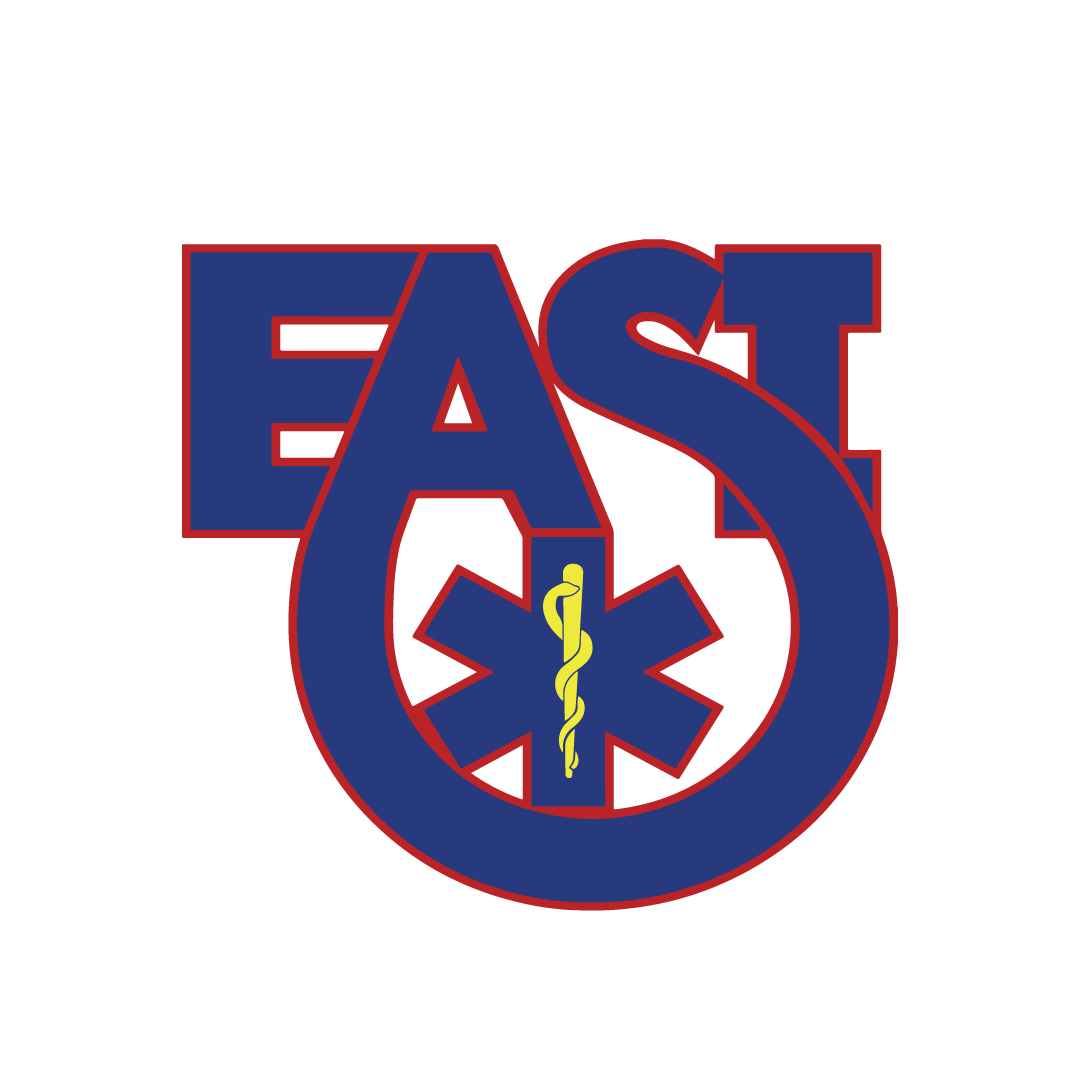EASI Academy
CEVO Driving Class
Emergency Vehicle Operator (CEVO) Covers key defensive driving concepts including vehicle inspection and characteristics, SCC (Scanning, Cushion of Safety, Communicating), emergency and non-emergency driving in various environments, and other special considerations such as backing and driving in adverse weather. This is a classroom and field training.
EMT
Students will learn a lot in this six-week, fast-track program including medical terminology, how to assess patients, and many different hands-on, life-saving skills. Hands-on learning will happen in the classroom, in the ambulance, and in the field. In addition to all of the hands-on skills, EMT students will learn a variety of terms and techniques that allow them to administer proper care to their patients, transport patients safely, and ultimately save lives. Here’s a list of some of the things you can expect to learn about in EMT class.
- Medical Terminology
- Lifespan Development
- General Pharmacology
- Patient Assessment
- Airway Management
- CPR
- Resuscitation and AED Usage
- Respiratory and Cardiovascular Emergencies
- Controlling Bleeding
- Bandages and Splinting
- Head and Spine Injuries
- BLS Neonatal and Pediatric Care
- Vehicle Extrication
- Behavioral/Psychiatric Emergencies
- Lifting and Moving Patients
- Assessing and Treating Shock
- Joint Mobilization
CPR
High-quality cardiopulmonary resuscitation (CPR) and early AED use can make a significant difference in a person’s chance of surviving sudden cardiac arrest. The BLS CPR class covers Adult, Child, and infant CPR and AED Machine usage as well.
Refresher
Every (2) years it is required that all Paramedics complete 60 hours of training and EMTs complete 40 hours. A refresher course covers material you learned during schooling, it also provides updates to laws and codes, policies, and best practices. As we continue to evolve in the world of medicine, it’s important for those who are working hard to keep the public safe to also take part in the new developments.

